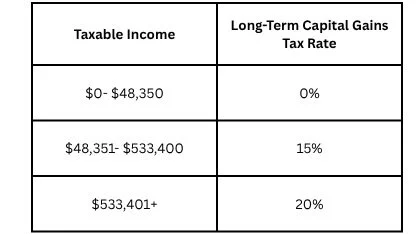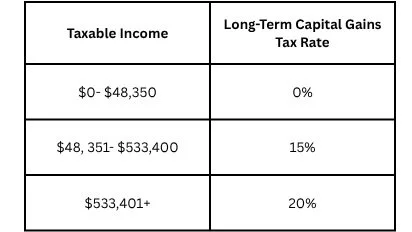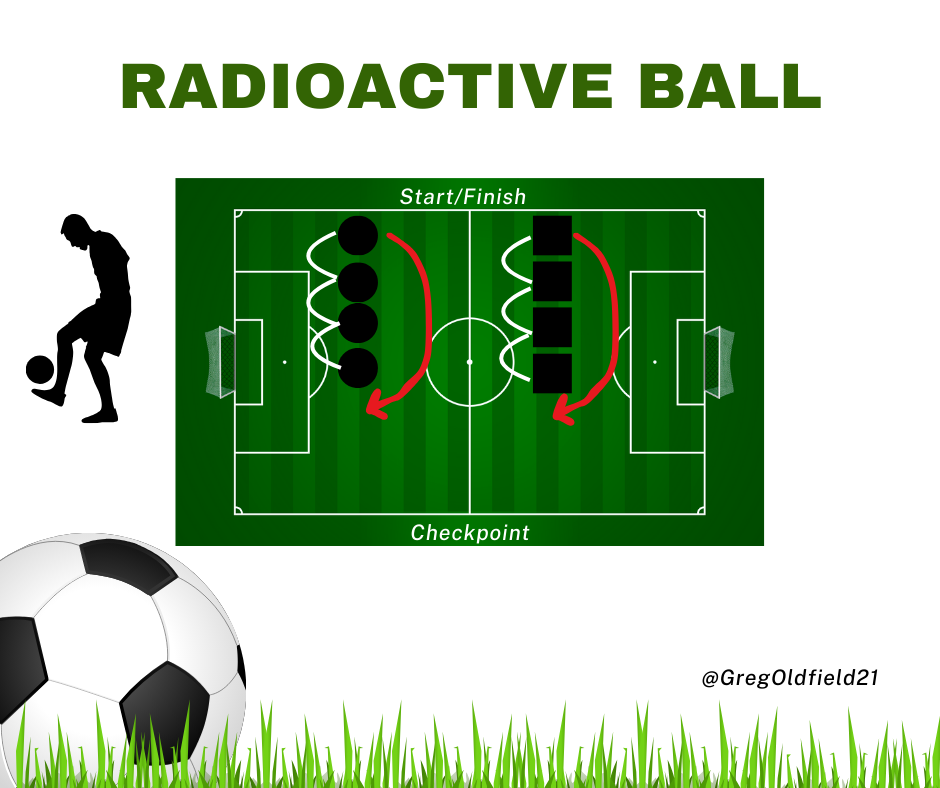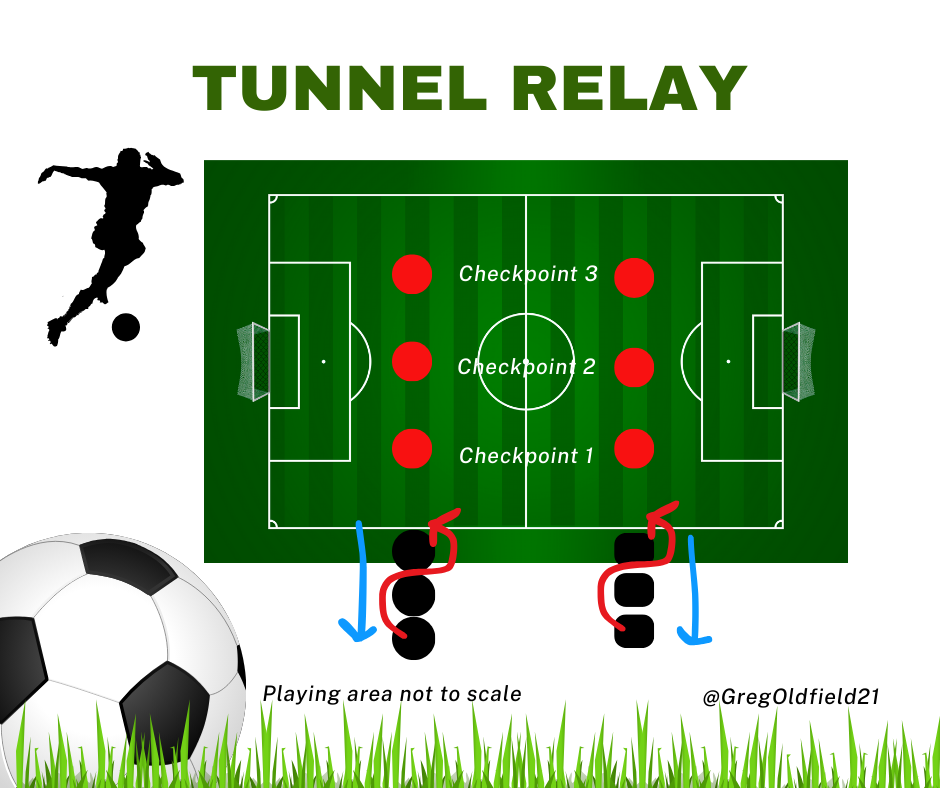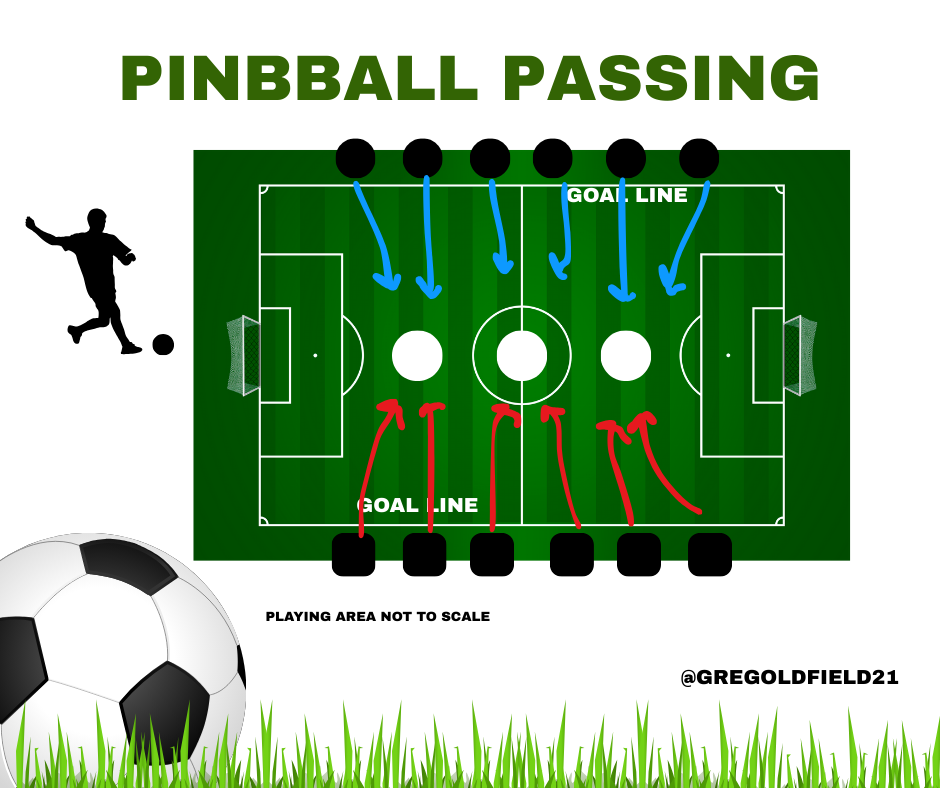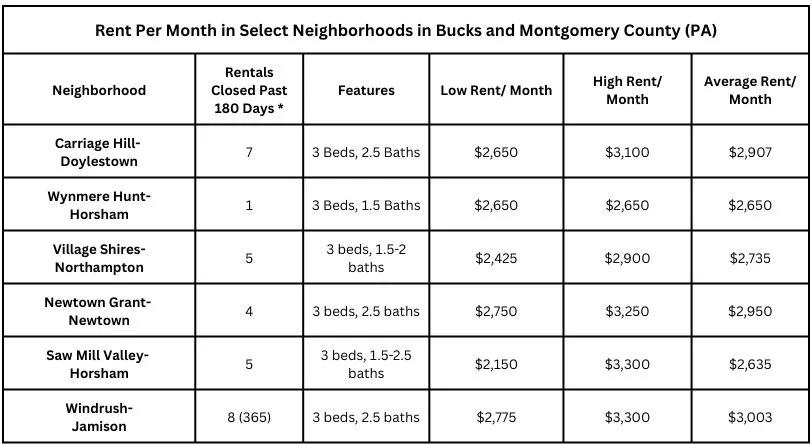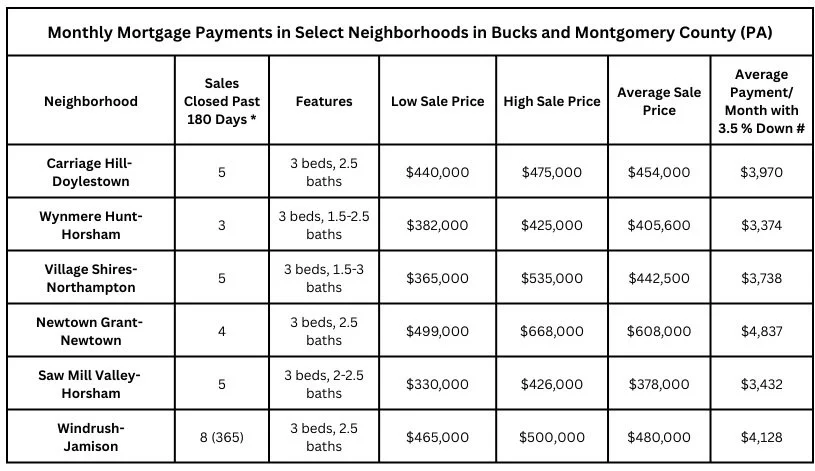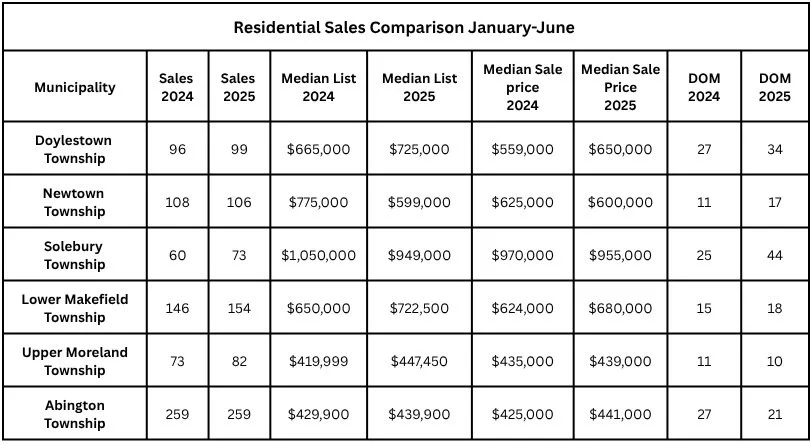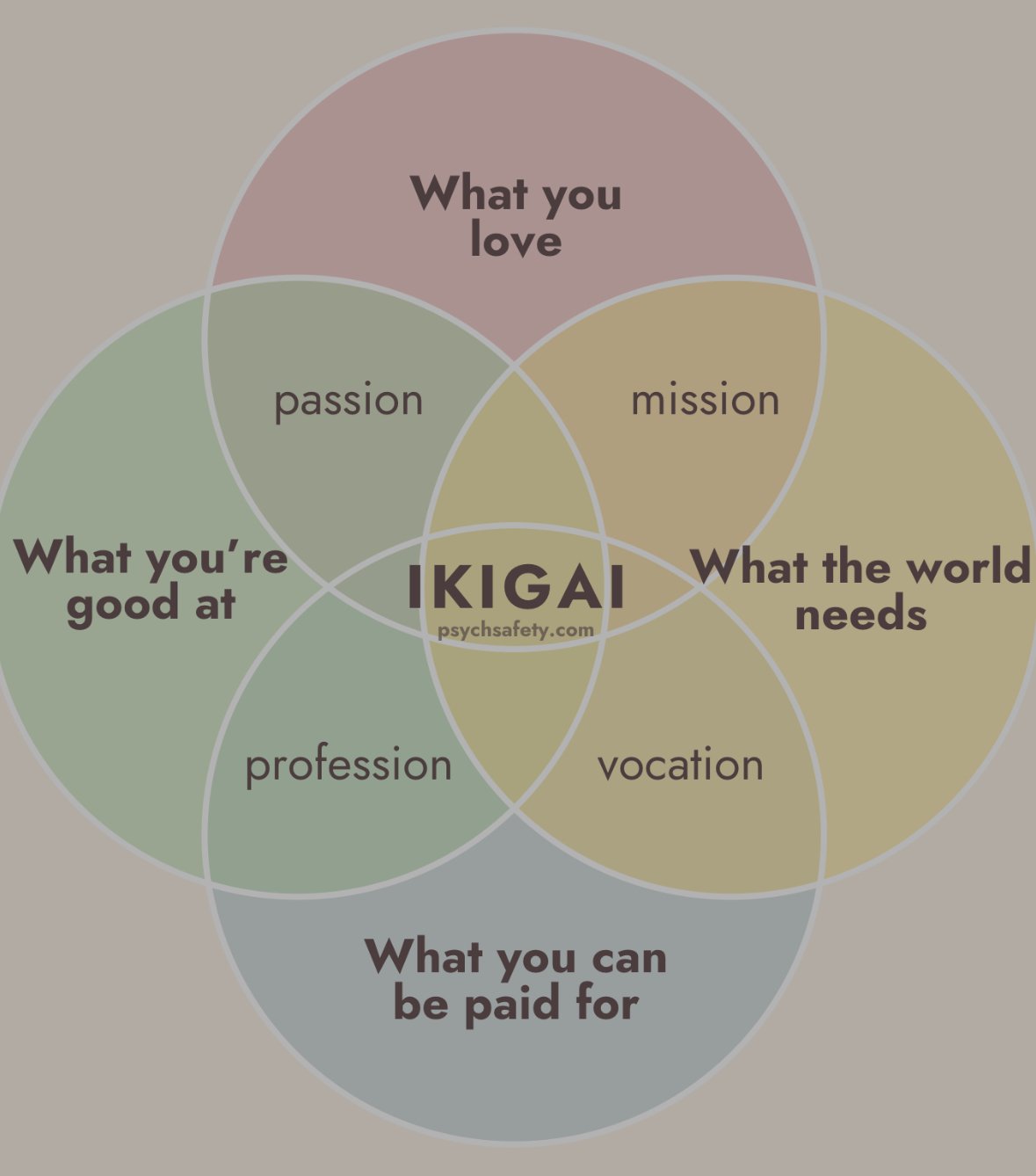Book of the Month: Find Your Why by Simon Sinek
-
October 2025
- Oct 23, 2025 Book of the Month: Find Your Why by Simon Sinek Oct 23, 2025
- Oct 13, 2025 How Capital Gains May Impact Real Estate Decisions Oct 13, 2025
- Oct 2, 2025 Me Meetings to Get Priority Tasks in Order Oct 2, 2025
-
September 2025
- Sep 25, 2025 5 Soccer Teambuilders Any Coach Can Use Right Now Sep 25, 2025
- Sep 17, 2025 What to Know about a Home Appraisal Contingency Sep 17, 2025
- Sep 11, 2025 Teambuilding to Start the Season on the Same Foot Sep 11, 2025
- Sep 5, 2025 Book of the Month: The 5 Types of Wealth by Sahil Bloom Sep 5, 2025
-
August 2025
- Aug 28, 2025 Rent vs Buy: By the Numbers Aug 28, 2025
- Aug 22, 2025 Leaving Everything on the Field Aug 22, 2025
- Aug 17, 2025 Books of the Month: The Creative Act: A Way of Being by Rick Rubin and The War of Art by Steven Pressfield Aug 17, 2025
- Aug 13, 2025 Rent vs Buy: How to Choose Aug 13, 2025
- Aug 6, 2025 Inspection Contingencies and Timelines Aug 6, 2025
- Aug 3, 2025 Lessons From Painting and Soccer Camp Aug 3, 2025
-
July 2025
- Jul 23, 2025 Finding the Point Jul 23, 2025
- Jul 16, 2025 Book of the Month: Think Like a Monk: Train Your Mind for Peace and Purpose Every Day by Jay Shetty Jul 16, 2025
- Jul 9, 2025 Real Estate Market Updates: June 2025 Jul 9, 2025
- Jul 2, 2025 Taking Time Out to Re-Align Jul 2, 2025
-
June 2025
- Jun 25, 2025 Navigating Home Sale Contingencies Jun 25, 2025
- Jun 17, 2025 The Crossing Fawn Jun 17, 2025
- Jun 4, 2025 Book of the Month: Notes from a Deserter by C.W. Towarnicki Jun 4, 2025
-
May 2025
- May 29, 2025 We Are What We Eat May 29, 2025
- May 22, 2025 The Ins and Outs of Mortgage Contingencies May 22, 2025
- May 8, 2025 Coaching Fundamentals: Reflect and Repeat May 8, 2025
-
April 2025
- Apr 23, 2025 How Rory McIlroy Remained Present to Win the Masters Apr 23, 2025
- Apr 2, 2025 Coaching Fundamentals: Mastering the Demonstration for Player Understanding Apr 2, 2025
-
March 2025
- Mar 12, 2025 Book of the Month: Atomic Habits by James Clear Mar 12, 2025
-
February 2025
- Feb 27, 2025 5 Answers For Potential Homebuyers Entering the Spring Market Feb 27, 2025
- Feb 6, 2025 Investing Basics with Chris Strivieri, Founder and Senior Partner of Intuitive Planning Group in Alliance with Equitable Advisors Feb 6, 2025
-
January 2025
- Jan 30, 2025 Book of the Month: The MetaShred Diet Jan 30, 2025
- Jan 20, 2025 Residential Housing Trends in 2025 Jan 20, 2025
- Jan 9, 2025 Understanding the Use and Occupancy Certificate Jan 9, 2025
-
December 2024
- Dec 4, 2024 Book of the Month: How Champions Think by Dr. Bob Rotella Dec 4, 2024
-
November 2024
- Nov 19, 2024 Professional Spotlight: Fran Weiss, Owner of Weiss Landscaping Nov 19, 2024
-
October 2024
- Oct 29, 2024 Book of the Month: Hidden Potential by Adam Grant Oct 29, 2024
- Oct 21, 2024 Professional Spotlight: James George, President, Global Mortgage Oct 21, 2024
- Oct 15, 2024 Buyers Post-NAR Settlement Oct 15, 2024
Have you ever questioned why you do what you do?
Not like “Why did I buy sugar-free Gatorade instead of regular?” or “Why do I put ketchup and mustard on a hot dog?”
More along the lines of:
What led you to your field of study?
How did you get into your hobbies?
How did you find your job?
Or maybe, more simpler,
Why did you get out of bed this morning?
I’ve asked myself these questions over the years for various reasons as my own journey has taken several turns.
Simon Sinek, author and entrepreneur, first emerged in 2009 with his book Start With Why, aided by a Ted Talk with over twelve million views, and has since contributed to a purpose-driven movement that included several more books on inspiration and leadership as well as a popular podcast.
Sinek’s message is simple. Your reasons for everything you do should begin with your motive. If we’re fortunate enough to follow our passions, which may or may not include our vocation, then we’re more likely to continue our drive toward that passion.
I’ve written before about dharma, ikigai, finding the point, and purpose-driven activities as way to live with more meaning to achieve a healthier lifestyle. Similar findings from Dan Buettner’s research into Blue Zones found that people who live long, fulfilling lives are often close to their passions.
In his book Find Your Why, Sinek provides a guide for answering the question of how to merge passions, purpose, and service. Sinek’s work revolves around his Golden Circle, three rings which contain WHAT on the outer ring, HOW on the middle ring, and WHY in the center. Often times, we describe ourselves in relation to our occupations. We are lawyers, doctors, coaches, husbands, wives, brothers, sisters, and on and on. Over time, we form our identities around the What. When we meet people for the first time, somewhere in the opening we ask our new acquaintance, “What do you do?”
When asked why we do we what we do, our responses could range from “I don’t know,” “I just got into it,” or “It pays the bills.” We get locked into the routine of progressing, living, surviving, and our lives become more routinized and efficient. Some of us have spent so much time in the hamster wheel that we lose our bearings and the origins of our passion.
If we’re lucky, we work in a field directly related to our dharma and make enough money to support our fulfilling lifestyle. Research shows, however, that’s often not the case. Money is only a motivator up to certain point. After that, it’s our sense of meaning that drives us onward.
Unfortunately, roadblocks that interfere with our why comes from all angles, whether its financial strain, a dead-end career, a horrible boss, a bad team, or a lack of growth opportunities, all resulting in a lack of drive.
Sinek reveals a simple method for discovering your why by paring our purpose down to one sentence. Here he begins the process by digging into the past:
Each of has only one WHY. It’s not a statement about who we aspire to be; it expresses who we are at our natural best. If you’re already living your WHY, then spelling it out for yourself will turn into an even more powerful tool. And if you’re struggling to live your WHY, then finally understanding your purpose, cause or belief can help you change course and realign with a new perspective, a new role, or perhaps even a new company to help you find the feeling of fulfillment that may have eluded you thus far.
At its core, the WHY is an origin story. By looking to our past and teasing out the most significant threads—the experiences we’ve had, the people we’ve been influenced by, the lives we’ve touched and the highs and lows we’ve faced—we can identify patterns. For individuals, our WHY is fully formed by our late teens. To uncover our WHY we must bring together our standout memories—our defining moments—and examine them to find connections. For tribes, the WHY also comes from the past—either the origin story of how the company was founded or from specific stories shared by other members of the tribe that represent what makes them proud to be part of the tribe. Either way, discovering your WHY is like panning for gold in the river of the past; the gold is there, lost in the debris of the river, hidden by rushing water. Only when you take the time to pan for significant moments of the past, retrieving them nugget by nugget, will they turn into treasure.
After revealing our most significant experiences, both positive and negative, Sinek wants us to then identify several themes throughout those experiences. How did we reach X? How did we overcome Y? With these the first two steps complete, we’re ready to write our first WHY statement using his model:
To _________ so that _________.
The first blank represents our contribution, and the second blank represents our impact.
We’re not done yet.
Sinek then recommends sharing our stories, themes, and Why statements with a trusted friend. This workshop allows us to pass our WHY statement through what Hemingway called a bullshit detector. Because we may see our lives differently than the way others see us, having an outside opinion from someone who doesn’t tell us what we want to hear can help us revise our statement, steering us toward finding what we truly want. In Sinek’s experience working with individuals and organizations to help discover their WHY, anyone who tries to do it alone usually misses the mark.
Finding your why doesn’t have to be a long and painful experience, though it may evoke painful memories of a past you’ve overcome. In the end, your compass will point closer to its true north and with it, your inspiration should be more understood. Though it won’t take away from the challenges, boredoms, and pains that come with pursuing our passions, at least it will keep us heading in the right direction.
